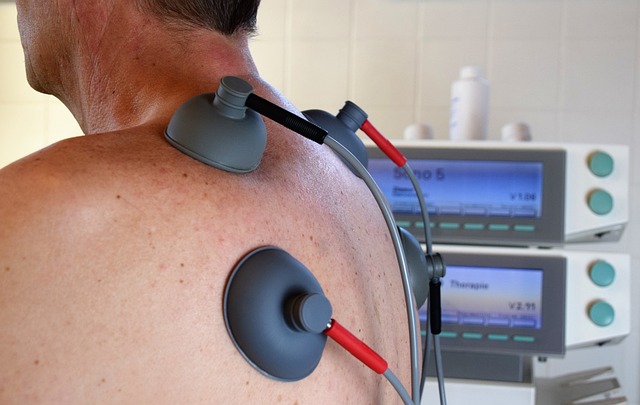In recent years, private equity firms have risen to the forefront of the conversation around healthcare innovation and, in the process, firmly established themselves as drivers for change.
Their growing interest in guiding healthcare into the future speaks clearly through their increasing investments. In 2018, the number of global private equity-backed healthcare deals saw an uptick of nearly 50 percent to $63.1 billion — a figure which, as a 2019 report from Bain & Company notes, represents the highest level of investment in healthcare since 2006.
There are a few clear reasons for this high level of interest. First, private equity organizations see an opportunity to improve healthcare quality and patient experience while streamlining operations for care organizations and increasing business profitability. As one writer sums up the matter in an article for Health Affairs, “Private equity investors are […] attracted to health care services because some parts of the existing health care delivery system have not adequately addressed growing cost concerns, demand for quality, and consumers’ preferences.”
All this said, some sub-sectors of the healthcare industry have seen more investor interest than others. The Bain & Co. report mentioned above found that provider deals consistently led domestic and international investments, with $23.2 billion allocated across 84 domestic transactions and $35 billion earmarked across 159 global deals. However, other sectors have seen similar levels of interest; these include physician groups, behavioral and retail health, and home health care.
The last has garnered particular attention in recent years. In 2018, two private equity firms — TPG Capital and Welsh, Carson, Anderson & Stowe — made headlines when they partnered with the insurance giant Humana to acquire and divide the hospital and home health organization Kindred at Home. The deal divided the company; while the two private equity firms would own Kindred’s hospital business, ownership of the home healthcare business would fall 60% and 40% between the private equity firms and Humana, respectively.
The idea that drove the partnership was simple: the trio believed that if they could engage with patients across more of the care continuum, they would be better able to optimize care, manage outcomes, and control costs. Moreover, they could do so over a broad scale: according to Home Health News, Kindred at Home stands as the largest home health company in the United States, encompassing over 600 sites and 40,000 caregivers.
The deal was valuable for Humana, given that the insurer serves a large population of aging Medical Advantage beneficiaries who could benefit from Kindred’s home healthcare services. However, the Kindred deal also offered considerable value to the private equity firms — and served as an example of a broader trend towards home health in the private equity space.
Home healthcare is a burgeoning field — one well-suited to private equity support. A recent report published by Business Insider Intelligence indicates that the home healthcare market in the U.S. is on track to achieve a value of $173 billion by 2026. The sector’s annual growth rate tops 7 percent — well above those in physician services (5.6 percent) and hospital care (5.3 percent).
This rampant growth is due in part to demographic, social, and economic shifts. Over the next several years, the number of aging Boomers who could benefit from home healthcare will continue to rise — especially as more turn to wearables to track their health and prioritize independent living. According to statistics published via CapitalRoundtable, a full 88 percent of health systems and hospitals plan to or have already invested in remote patient monitoring technologies as part of their transition to value-based health.
As the deal for Kindred at Home demonstrates, private equity will have a prominent role in rethinking how the healthcare sector provides home health care. Their interventions can and likely will speed the shift towards value-based care, improve quality, and lower care costs — all while growing profits.
It’s a trend that will benefit all — from patients to providers to private equity investors.







